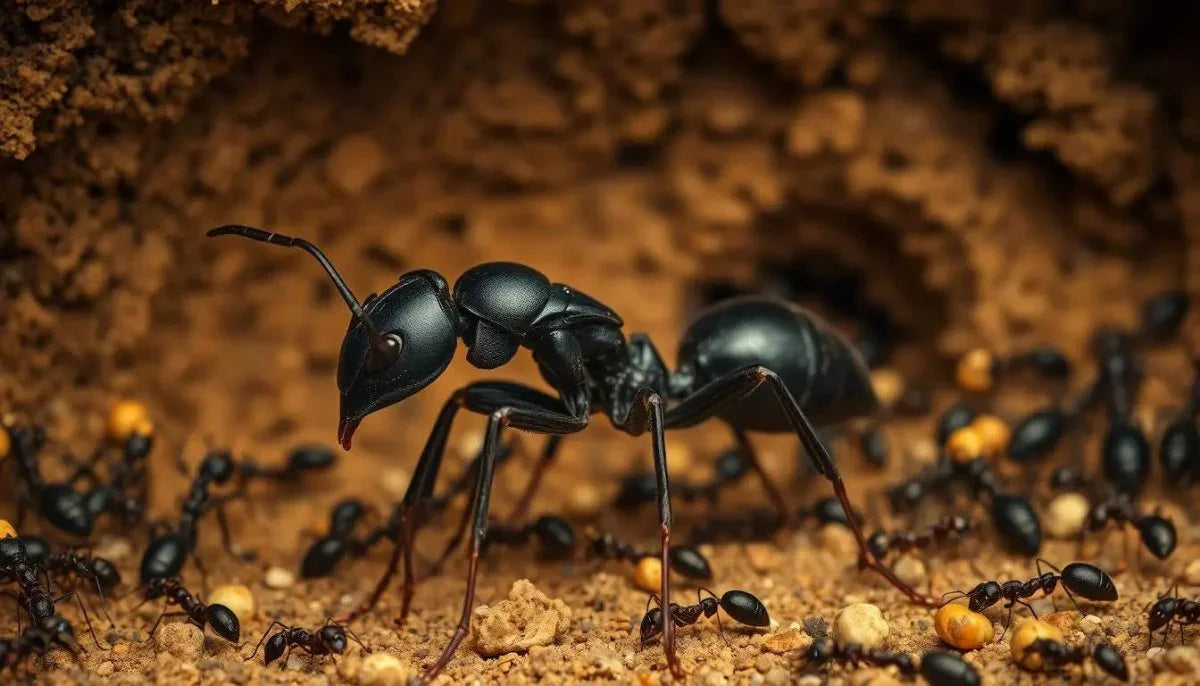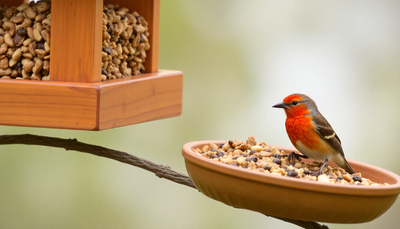In the intricate and fascinating world of insects, few creatures capture the imagination quite like the mighty queen ant. These remarkable individuals, often the heart and soul of their colonies, possess a unique and captivating attribute - their sheer size. As we delve into the world of queen ants, we'll uncover the surprising dimensions of these remarkable insects and explore the reasons behind their impressive stature.
The Regal Stature of Queen Ants
When it comes to the size of queen ants, the diversity within the insect kingdom is truly astounding. While some species boast queens that are mere millimeters in length, others can grow to impressive proportions, rivaling the size of small birds or even small mammals. The largest known queen ant, the Titanomyrma giganteum, was discovered in the fossil record and is estimated to have measured a staggering 6 centimeters (2.4 inches) in length.
To put this into perspective, imagine a queen ant the size of a hummingbird or a small mouse. It's a mind-boggling thought, yet these colossal insects once roamed the Earth millions of years ago. While the Titanomyrma giganteum may be an extreme example, many modern-day queen ants still possess a remarkable size compared to their worker counterparts.
The Importance of Queen Size
The size of a queen ant is not merely a curious biological fact; it serves a crucial purpose within the intricate social structure of ant colonies. As the primary reproductive individual, the queen's size is directly linked to her fecundity, or her ability to produce a large number of offspring. Larger queens are often capable of laying thousands of eggs per day, ensuring the continued growth and expansion of the colony.
Moreover, the queen's size can also play a role in her ability to defend the colony from potential threats. Larger queens may be better equipped to fend off predators or rival colonies, ensuring the survival and prosperity of their domain. This size advantage can be particularly important in species where the queen is responsible for leading the colony's foraging and defensive efforts.
The Evolutionary Factors Behind Queen Size
The remarkable size of queen ants is the result of a complex interplay of evolutionary factors. Over millions of years, natural selection has favored those individuals with the ability to produce the most offspring and ensure the survival of their colonies. This has led to the development of queen ants that are significantly larger than their worker counterparts.
One of the primary drivers of this size disparity is the division of labor within the colony. While workers are responsible for tasks such as foraging, nest-building, and defense, the queen's sole purpose is to reproduce. This specialization has allowed the queen to allocate more resources towards growth and egg production, resulting in her impressive stature.
Additionally, the size of the queen can be influenced by the availability of resources within the colony's environment. In resource-rich habitats, queens may have access to a greater abundance of nutrients, allowing them to grow to larger sizes. Conversely, in more resource-scarce environments, queens may be smaller, as they must allocate their resources more efficiently to ensure the colony's survival.
The Evolutionary Arms Race
The size of queen ants has also been shaped by an evolutionary arms race, as colonies compete for dominance and resources. Larger queens may be better equipped to defend their colonies from invaders, leading to a selection pressure for even larger individuals. This dynamic has resulted in a remarkable diversity of queen ant sizes, with some species boasting queens that are several times the size of their workers.
The Fascinating World of Queen Ants
As we delve deeper into the world of queen ants, we uncover a realm of captivating biological wonders. From the colossal Titanomyrma giganteum to the more modest-sized queens of today, these remarkable insects have evolved to thrive in their intricate social structures. Their size, a testament to the power of natural selection, serves as a testament to the incredible diversity and adaptability of the insect world.
By understanding the factors that shape the size of queen ants, we gain a deeper appreciation for the complex and fascinating world of these remarkable creatures. Whether you're a seasoned entomologist or a curious nature enthusiast, the world of queen ants is sure to captivate and inspire, revealing the hidden marvels that lie within the insect kingdom.
So, the next time you encounter a colony of ants, take a moment to ponder the regal stature of their queen, and marvel at the evolutionary journey that has led to the creation of these truly remarkable insects.






